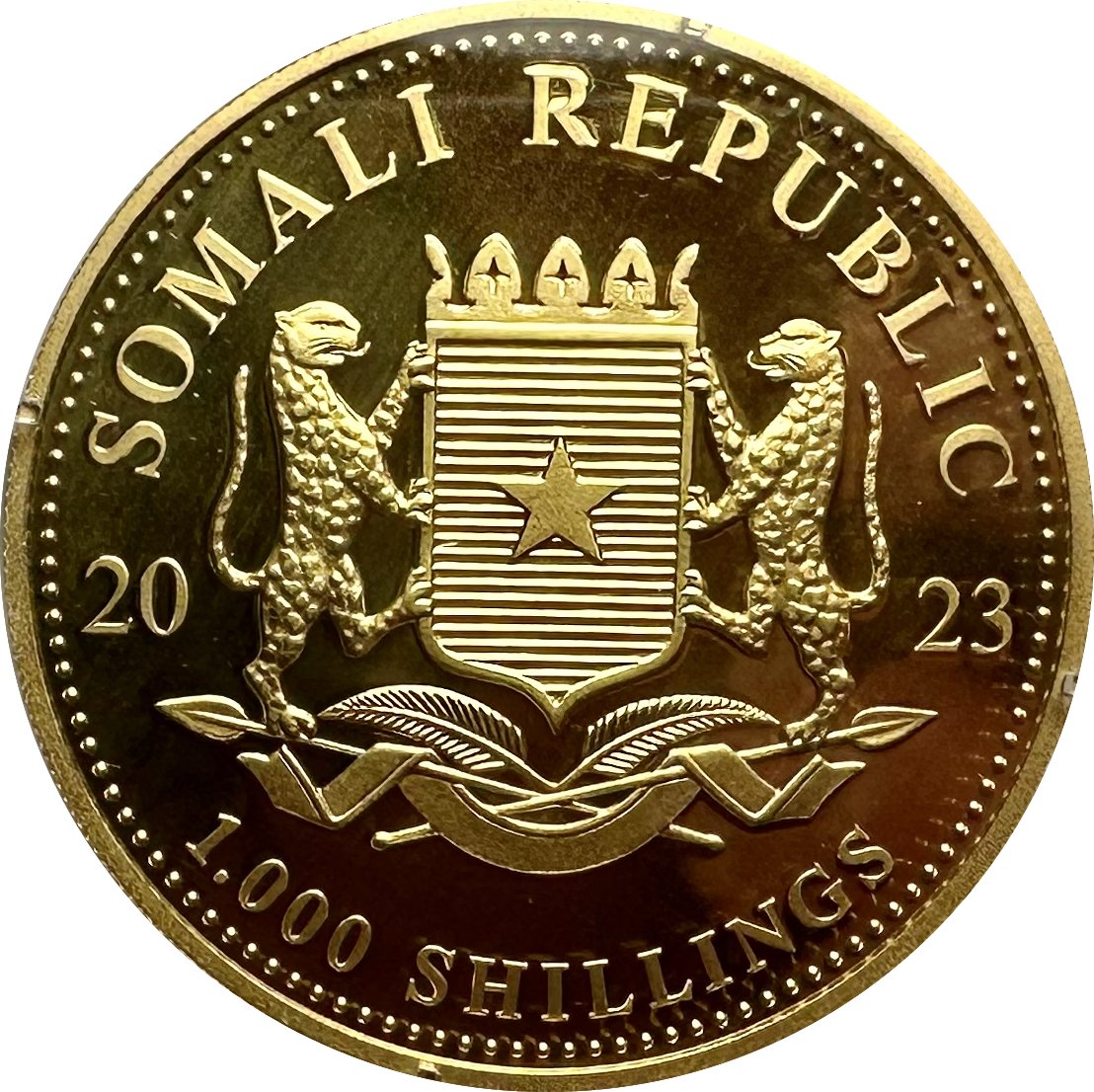Inspired by many others we tried to capture M31 with our own equipment, an old Fuji camera with a 80mm lens.
The only additional tool we used for this shot was a cheap used star tracker so we could expand each shot to 20s. We captured a total of 411 shots which leads to a total exposure time of about 2h17m.
For our first try we are very pleased with the result!
deleted by creator
Really nice shot!
Thanks!
Very great results, thank you for sharing!
Thank you!
Gorgeous shot of the neighbours!
In a few millions of years you can take a close up
What’s your scope setup?
I used a Fuji XT2 with a 80mm Fujinon lens. As a mount I used the Star adventerer 2i.

What’s the aperture of the lens? Is really fast necessary for capturing galaxies?
My lens is f2.8. Of course the bigger the aperture the better, but as Andromeda is really bright a slower lens will work just fine. As I‘m only a beginner myself I can recommend the Youtube channel ‚nebula photos‘.
Thanks! I’ll check it out.
I gotta try that! I just upgraded my camera from a Nikon D50 to a D3500 and it sparked a new interest in photography. I also have a 200mm lens.
Edit: oops, it’s a 105mm lens. The 200mm one broke, altho it might still be good for this since it’s the autofocus that broke.
I think with your equipment you could achieve an even better image, I really can only encourage everyone to try this. It really is an awesome experience
That’s great. We can’t see andromeda much in Australia but I’ve always wanted to see it through a telescope
Wooaaah!
So cool!




